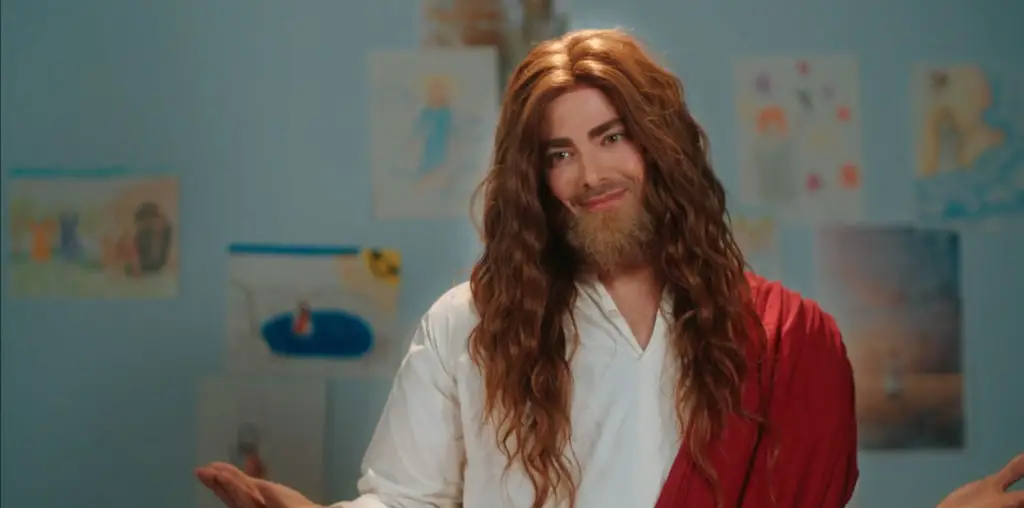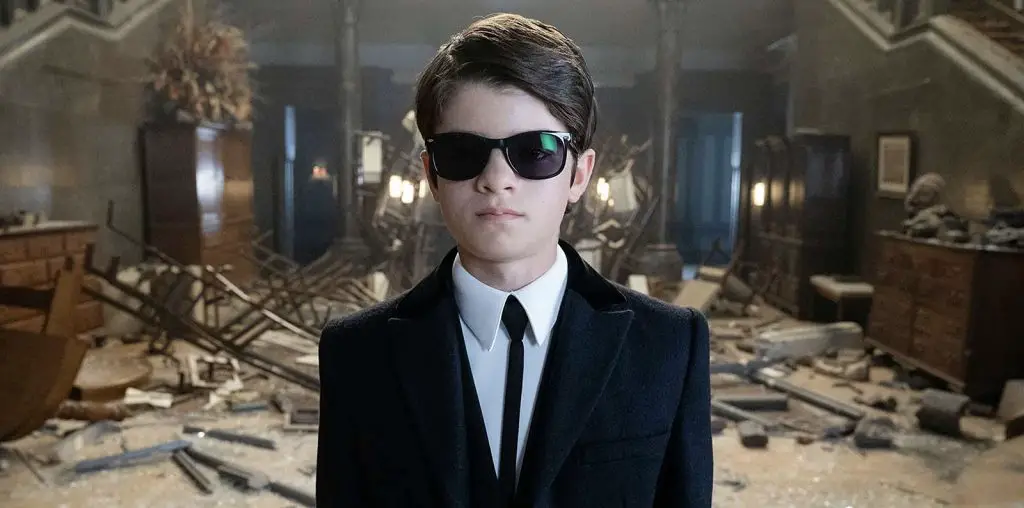
“The Tell-Tale Heart” is Dave Lawler’s inspired version of Edgar Allen Poe’s famous thriller. Lawler tells the story from the mindset of a young Italian girl named Sally (Aida Angotti). New York City is the backdrop and works as a perfect locale for this film. After killing her transvestite boyfriend, (Robert Manning), in self-defense, Sally realizes that she actually gets pleasure from murder. She decides to dispose of the body herself, and so begins her schizophrenic journey. Sally is slowly going crazy, but is sane enough to pass as a regular person. She meets a cop named Bobby (Scott Ellis) and the two quickly fall in love. But Sally’s obsession continues to haunt her. She begins to fantasize and plot the murder of her landlord (I.W. Firestone), a blind old man, who she also nurses. The fact that she could have complete control over another human’s life seems to propel her to the act. Bobby, meanwhile, is investigating the murder of Zoe. He has almost no clues to go by and thinks he’ll never get close enough to uncover the murderer. Little does he know…
“The Tell-Tale Heart” is a hypnotic thriller that captures the dark and gloomy feel of the Poe original. Lawler uses a unique camera style that, like Sally’s state of mind, keeps us close to the edge of sanity. The performances are interesting and the actors are well-cast. So why have I given this film only three stars instead of four? The Achilles heel of this film is the production value. I understand the financial constraints that can overwhelm an indie film, but some of the mistakes could have easily, and cost-efficiently, been taken care of.
First, one of the most important elements to an independent film is sound. That’s right — Sound is crucial! The shot can be slightly out of focus, the exposure can be a bit too hot, but the sound must always be audible. Most of the film’s exteriors could have been fixed with a better microphone or even a better wind filter.
Second, if you can’t light the scene with the style you were hoping for, the natural look is always acceptable. Too many scenes were over, or under, lit. Lighting is basically an additive or subtractive science, and math doesn’t seem to be the director’s best subject.
And finally, never take dictatorial control over the set. Always get dependable help to assist with lighting, sound, and photography. I saw Dave Lawler’s name at least a half dozen times during the credits for jobs such as lighting, boom, and other similar tasks. You might be the best person for the job, but having the second-best is good enough when you’re just starting out. Doling out responsibilities allows the director to do their true job on the set, which is directing the film.

